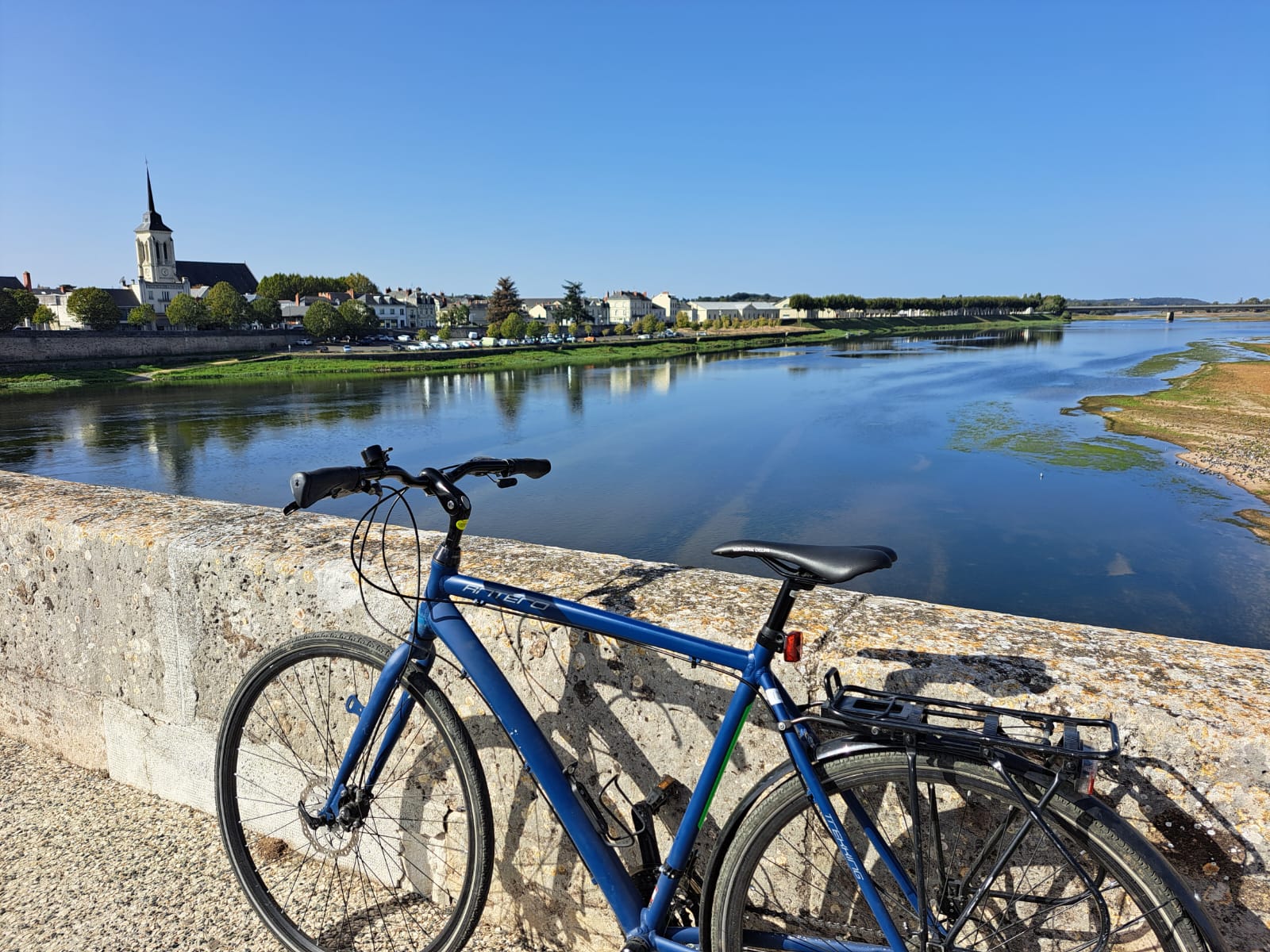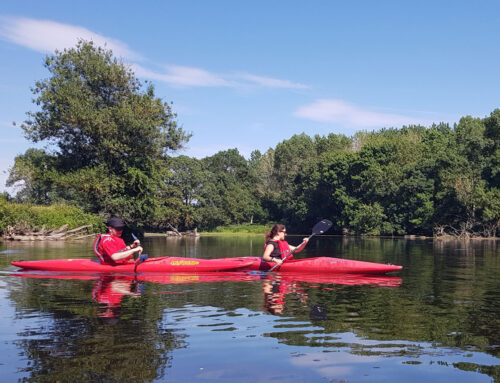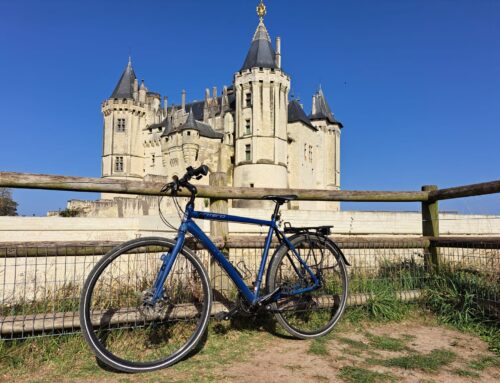Let’s begin by reminding ourselves what an e-bike is. It is bike with an electric motor to assist with aspects of cycling that require more effort – going uphill, going faster, cycling into wind. It is not a scooter or moped – you have not been substituted as the main energy source!
What are they not suitable for? Fundamentally you start the day with a fixed amount of energy stored in the battery. The battery and motor’s efficiencies will have some impact on range but the most significant is how the bike is used. If you put in the minimum effort and challenge the bike with hills, speed, trailers, and a long journey you are going to find the battery is flat before you come to the end of your day. Then you have a heavier bike which you will have to fully push along under your own steam!
This part of the world is rather flat with an occasional small climb. If you need to cover a larger distance than would be your regular limit then a e-bike could help – but maybe reflect on what you are getting out of the day if you are extending your cycling distance beyond your normal range. Clearly if you have some mobility constraints then an e-bike is going to be a big help – but again be realistic about how much you are going to need the bike to do and how this might impact its range.
A traditional bike will usually be a lot lighter than its electric equivalent. Getting on/off trains is easier with a lighter bike as well as manoeuvring them in and out of restricted doorways. Repairs should they become necessary are easier to effect as the parts and knowledge are more common.
Where an e-bike becomes the preferred solution be careful not to add more work for it to do than is necessary – do you really need 2 huge full panier bags? – is towing a dog in a trailer the best thing for the dog and you given the impact on range?
When using an e-bike dont take for granted that rechanging will be easy – especially when on a camping tour – you may not have a socket “in your room”





